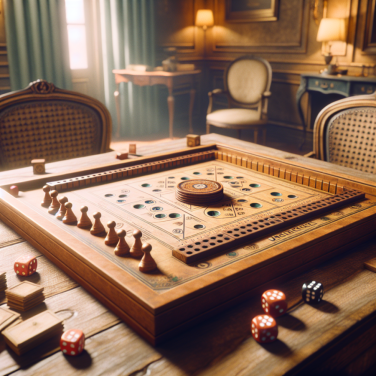Understanding the Pricing Structure of Golf Clubs
When it comes to understanding the pricing structure of golf clubs, it's important to recognize that various factors come into play. These components, including materials used, brand recognition, club type, technology aspects, research and development costs, and distribution charges, contribute to the final price you pay.
The first element we have to consider is the materials used. The expense and quality of the materials significantly influence the price of golf clubs. Clubs are generally made from high-quality metals like titanium, steel, and carbon fiber - all of which are not cheap. Moreover, the grips and shafts incorporated into the design also factor into the cost. High-end clubs often utilize graphite shafts that are lightweight yet durable, significantly raising their price.
Brand recognition and reputation play pivotal roles in the pricing of golf clubs. Top brands like Callaway, TaylorMade, Titleist, and Ping charge a premium price for their products. These brands invest heavily in advertising, sponsorship, and maintaining their brand image - costs that are inevitably passed on to the consumer. However, the price often guarantees quality, performance, and a high resale value.
Different types of clubs come with varying price tags. Drivers and putters are usually the most expensive due to their complexity and the vital role they play in a golfer's game. Irons and wedges usually follow suit, while hybrid clubs and fairway woods come in at the lower end of the price scale. This discrepancy is often attributed to the materials used and the technicality involved in manufacturing each specific type.
The technology incorporated into golf clubs also greatly impacts their final price point. Modern golf clubs come with features like adjustable weights, face flex technology, aerodynamic design, perimeter weighting, speed pocket technology, and more. These advancements have been honed over years of research and development and are patented by specific companies, leading to higher selling prices.
Research and development (R&D) costs are high in the golf industry. Golf manufacturers are consistently striving to offer innovative and cutting-edge technology to improve performance. Consequently, a considerable portion of the price you pay for golf clubs goes into covering these R&D expenses.
Finally, distribution fees make up a part of the pricing structure. These include shipping charges, retailer markups, duties, and taxes. With golf clubs being quite bulky and heavy, shipping them worldwide doesn't always come cheap.
Read also:
Test Your Strength: The Allure of High Striker Games
Factors that Influence the Overall Cost of Golf Clubs
1. Brand Recognition: One of the most significant factors that influence the cost of golf clubs is the brand name. Premium golf brands like TaylorMade, Callaway, and Titleist often charge a higher price for their products due to their reputation for quality and expertise in the field. The high cost of their golf clubs often reflects the long history and prestige of the brand, as well as top-notch design and innovation.
2. Materials used: The type of material used to construct the golf club can greatly affect its price. For example, clubs made from graphite are typically pricier than those made of steel because graphite is lightweight and absorbs shock better. Likewise, premium materials such as titanium and carbon composite are used in high-end golf clubs due to their sturdiness and lightweight characteristics.
3. Technological features: Incorporation of advanced technology also ramps up the cost of golf clubs. This could range from adjustable features that allow you to change the club's loft, lie, and face angle, to special design elements for improved aerodynamics, speed, and impact performance. Often, these added features help improve a golfer's game but come at a higher cost.
4. Custom Fitting: Custom-fitted golf clubs are also more expensive compared to off-the-shelf alternatives. This is because the process involves a professional fitter who tailors the clubs according to the golfer's specifications, such as height, swing speed, handicap level, and more. This ensures that the golf club fits perfectly in the golfer's hands and suits their style, which can lead to a better performance on the course.
5. Product life cycle: New releases are often priced higher than older models. If a golf club is the latest product on the market, you can expect its price to be on the higher end. As the product matures and a new model is released, the price of the older version typically drops.
6. Market conditions: The cost of golf clubs can also be influenced by the general economic situation and demand in the market. For instance, if demand for golf clubs increases due to a surge in the popularity of golf, prices might increase due to the principles of supply and demand.
7. Endorsements: Golf clubs used and endorsed by professional golfers tend to be priced higher. When customers buy these clubs, they aren’t just buying the physical product but also the association with a professional player which adds value for many golf enthusiasts.
8.




